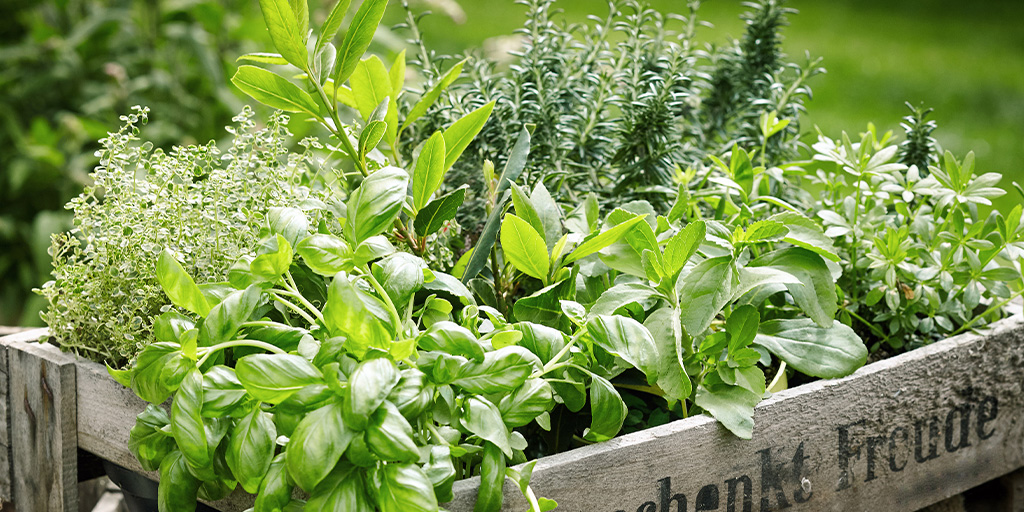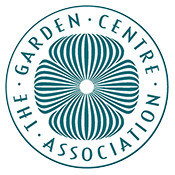
Growing Herbs at Home
Growing herbs is a great way to add fresh flavours to your meals, and planting herb seeds/plants in pots is an easy way to get started. Not only can you grow herbs indoors or outdoors, but you can also move the pots around to find the best growing conditions for each herb. In this blog, we'll go over everything you need to know about planting herbs in pots.Choose your pots
When it comes to planting herbs in pots, you have a lot of options. You can use traditional terra cotta pots, plastic pots, or even recycled containers like old buckets or tin cans. The most important thing is that your pots have drainage holes to prevent water from accumulating and rotting the roots of your herbs.
Choose your soil
Herbs need well-draining soil that is rich in organic matter. You can buy potting soil specifically designed for herbs or you can add some compost to your soil for extra nutrients.
Choose your herbs
There are many different herbs you can grow in pots, so choose the ones that you like to cook with. Some popular herbs to grow in pots include basil, mint, parsley, rosemary, and thyme. If you’d like to see which herbs like to be grown together then take a look here.
Plant your herbs
Once you have your pots, soil, and seeds/plants, it's time to plant. If you are planting herb seeds then fill your pots with soil, leaving about an inch of space at the top. Plant your seeds according to the instructions on the seed packet, which will vary depending on the herb. Some seeds need to be planted shallowly, while others need to be planted deeper. You can plant multiple seeds in each pot, but be sure to space them out evenly. If you are planting a small herb plant then make a hole that is slightly larger than your pot, gently place your plant, and fill the gaps with soil ensuring that it is level with the rest of the pot.
Water your herbs
After you've planted your herbs, give them a good watering. Be careful not to overwater, as this can lead to root rot. Instead, water your plants just enough to keep the soil moist but not soggy. You may need to water your herbs every day or every other day, depending on the temperature in your home.
Provide light
Most herbs need plenty of sunlight to grow, so be sure to place your pots in a sunny location. If you're growing herbs indoors, you may need to supplement with artificial light. A grow light can be a great investment for indoor herb gardening.
Fertilise
To keep your herbs healthy and growing strong, you may want to fertilise them every few weeks. You can use a general-purpose fertiliser, or choose a fertiliser specifically designed for herbs. Be sure to follow the instructions on the fertiliser package.
Enjoying your herbs
Once your herbs have grown to a good size, you can start harvesting them. Cut the stems just above a leaf node, which will encourage new growth. Be sure not to harvest more than a third of the plant at once, as this can stress the plant and slow down its growth.
Planting herb seeds in pots is an easy and rewarding way to grow your own fresh herbs. With a little bit of planning and care, you can enjoy fresh herbs all year round, whether you're growing them indoors or outdoors. Happy gardening!
By Webbs


